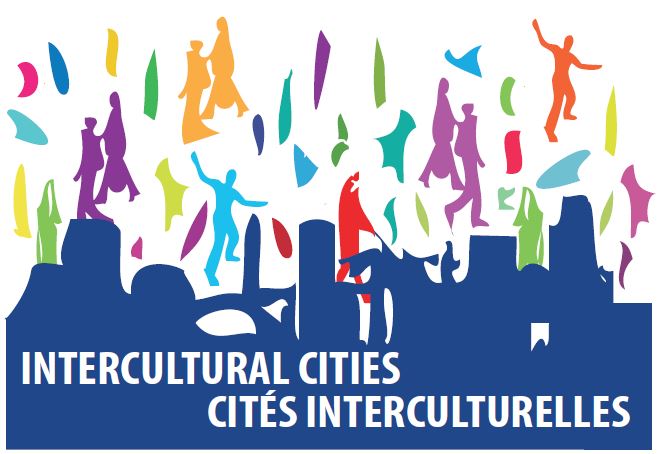Purpose: The aim of this project is to combat educational segregation through organizational structures, activities and curricula that increase diversity and intercultural learning in public school and higher education institutions.
Stimulus/Rationale: Long before Oslo became a multi-ethnic city, there was already a distinct East/West division in the city on the basis of social class and income. Educational professionals have been anxious that this should not be exacerbated by the high levels of immigration over recent years. They noted that kindergartens tend to be very ethnically mixed, yet primary and secondary schools were gradually becoming more ethnically-polarised as more affluent parents opted out of some schools and into others. This is now being countered by limiting the right to parental choice of schools, but mainly by heavily investing in those schools that are most threatened by ‘white flight’. By ensuring that even schools in the poorest districts are able to offer teaching standards and facilities as good as those in the wealthiest parts, Oslo aims to conquer a problem that has defeated many other cities.
Process: One good example of intercultural education is the Gamlebyen Skole, which is a classic inner city primary school with a wide range of languages and a combination of complex social and cultural issues. The school has received funds to be able to compete effctively in the teacher recruitment market, and has a strong and very high profile head teacher. Its physical environment is shaped to involve referencess of migrant children’s culture of origin such as the climbing wall made up of letters of all world alphabets, the original carved wood pillar of a destroyed Mosque in Pakistan, kilims and other objects which create a warm, homely atmosphere. The curriculum in the school involves cultural and intercultural learning. There is a benchmarking tool allowing teachers to check whether they stand in diversity matters such as engaging parents from different origins. The school has edited a book from a joint project from Ankara and is now running a film project with schools from Denmark and Turkey.
Oslo University also has its own diversity programmes. One of them involves elective subjects about diversity in Norway and about higher education in 5 secondary schools, with master students acting as mentors. This has lead over 4 years to 30% increase of university admissions from these schools, while the Oslo school average was 7% increase. A mentoring scheme for mature students from minority backgrounds helps to lower dropout. Now there are about 11 % minority students and the target is 15% in the next two years. Similar projects in other universities also worked well. Encouragingly, Oslo University has turned the project into a permanent diversity office.
Impact: The expected impact is to increase diversity and intercultural learning in education
Key reference documents: https://www.oslo.kommune.no/politics-and-administration/politics/city-government/the-vice-mayor-for-education/



